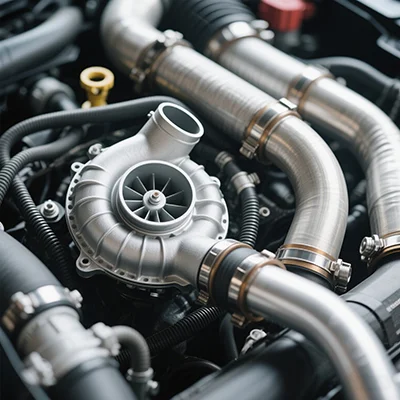The Lifespan of Your Laser Printer: When and Why to Replace It
In today's fast-paced digital world, laser printers remain a staple in both home and office environments due to their efficiency, speed, and high-quality output. However, like any piece of technology, laser printers have a finite lifespan. Understanding how often to replace your laser printer is crucial for maintaining productivity and ensuring that your printing needs are met without interruption. In this article, we will explore the factors that influence the lifespan of laser printers, signs that indicate it’s time for a replacement, and tips for making an informed decision.
Understanding the Lifespan of Laser Printers
Laser printers are designed to last, with many models boasting a lifespan of 3 to 5 years, or even longer with proper maintenance. However, several factors can affect this lifespan:
- Usage Frequency: The more you use your printer, the quicker it will wear out. High-volume printing environments may require more frequent replacements compared to occasional home use.
- Print Quality: Over time, the quality of prints may degrade due to wear and tear on internal components. If you notice a decline in print quality, it may be a sign that your printer is nearing the end of its life.
- Technological Advancements: As technology evolves, newer models often come with improved features, faster speeds, and better energy efficiency. If your printer is outdated, it may be worth considering a replacement even if it is still functional.
- Maintenance and Care: Regular maintenance, such as cleaning and replacing consumables (toner cartridges, drums, etc.), can extend the life of your printer. Neglecting these tasks can lead to premature failure.
Signs It’s Time to Replace Your Laser Printer
Recognizing the signs that indicate it’s time to replace your laser printer is essential for avoiding disruptions in your workflow. Here are some key indicators:
- Frequent Breakdowns: If your printer requires constant repairs or has frequent paper jams, it may be more cost-effective to invest in a new model rather than continuing to patch up an aging machine.
- Increased Operating Costs: As printers age, they may become less efficient, leading to higher energy consumption and increased costs for toner and maintenance. If you find that your printing expenses are rising, it might be time to consider a replacement.
- Incompatibility with New Software: If your printer struggles to work with the latest operating systems or software updates, it may hinder your productivity. Upgrading to a newer model can ensure compatibility with current technology.
- Declining Print Quality: If you notice issues such as faded prints, streaks, or smudges that cannot be resolved through maintenance, it’s a clear sign that your printer may need to be replaced.
Making an Informed Decision
When considering a replacement for your laser printer, it’s essential to evaluate your specific needs and budget. Here are some tips to guide your decision-making process:
- Assess Your Printing Needs: Determine the volume of printing you do and the types of documents you typically print. This will help you choose a printer that meets your requirements without overspending on unnecessary features.
- Research New Models: Take the time to research the latest laser printer models. Look for reviews and comparisons to find a printer that offers the best balance of performance, features, and cost.
- Consider Total Cost of Ownership: When evaluating new printers, consider not just the initial purchase price but also the total cost of ownership, which includes maintenance, consumables, and energy consumption over time.
- Plan for Future Needs: Think about your future printing needs. If you anticipate growth in your business or increased printing demands, it may be wise to invest in a more robust model that can accommodate those changes.
Conclusion
In conclusion, the question of how often to replace your laser printer is not a one-size-fits-all answer. It depends on various factors, including usage, maintenance, and technological advancements. By staying vigilant for signs of decline and making informed decisions based on your specific needs, you can ensure that your printing capabilities remain efficient and effective. Regularly evaluating your printer's performance will not only save you money in the long run but also enhance your overall productivity. Remember, investing in a new laser printer can be a strategic move that pays dividends in quality and efficiency.



